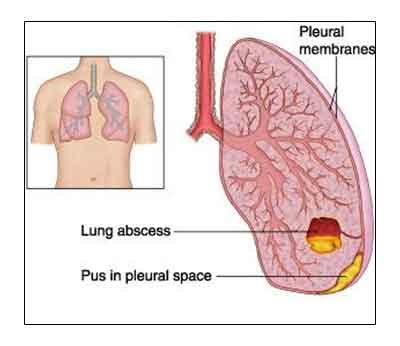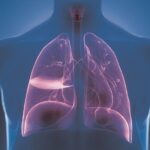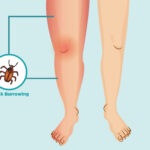A lung abscess is a localized collection of pus within the lung tissue caused by microbial infection, often resulting from aspiration pneumonia. It can lead to severe respiratory complications if not diagnosed and treated promptly. This article explores the causes, symptoms, diagnostic methods, and treatment options for lung abscesses.

Causes of Lung Abscess
Lung abscesses are primarily caused by bacterial infections, but fungal and parasitic infections may also contribute. The common risk factors include:
- Aspiration of oropharyngeal contents (due to impaired consciousness, alcohol intoxication, or stroke)
- Bacterial pneumonia (especially anaerobic bacteria such as Fusobacterium, Peptostreptococcus, and Bacteroides)
- Obstructive lung diseases (such as bronchial carcinoma or foreign body aspiration)
- Immunocompromised conditions (e.g., HIV/AIDS, diabetes, or prolonged corticosteroid use)
- Poor oral hygiene leading to gingival infections and periodontal disease
Symptoms of Lung Abscess
Patients with a lung abscess may present with:
- Persistent cough with foul-smelling, purulent sputum
- Fever and chills
- Night sweats and weight loss
- Chest pain that worsens with deep breathing or coughing
- Fatigue and malaise
- Clubbing of fingers (in chronic cases)
Diagnosis of Lung Abscess
Diagnosing a lung abscess involves clinical assessment and imaging studies. Common diagnostic methods include:
- Chest X-ray: Reveals a cavitary lesion with an air-fluid level
- CT Scan of the Chest: Provides detailed visualization of lung cavities
- Sputum Culture and Gram Stain: Identifies causative pathogens
- Bronchoscopy: Assesses airway obstruction and allows sample collection
- Blood Tests: May show elevated white blood cell count and inflammatory markers
Treatment Options
Treatment of lung abscess involves a combination of antibiotics, drainage, and supportive care.
1. Antibiotic Therapy
Empiric broad-spectrum antibiotics are administered initially, then adjusted based on culture results. Commonly used antibiotics include:
- Clindamycin or a combination of beta-lactam and beta-lactamase inhibitors (e.g., ampicillin-sulbactam)
- Metronidazole for anaerobic coverage
- Carbapenems in severe cases
2. Drainage Procedures
If antibiotic therapy fails or if the abscess is large (>6 cm), percutaneous drainage or surgical intervention may be required.
- Needle aspiration or catheter drainage for persistent abscesses
- Surgical resection (lobectomy) in refractory cases
3. Supportive Care
- Adequate hydration and nutritional support
- Pulmonary hygiene therapy (postural drainage, chest physiotherapy)
- Oxygen therapy if hypoxia is present
Complications of Lung Abscess
If untreated, lung abscesses can lead to serious complications, including:
- Bronchopleural fistula (air leaks between the lung and pleural space)
- Empyema (pus accumulation in the pleural cavity)
- Septicemia (systemic infection)
- Respiratory failure
Prevention of Lung Abscess
Preventive measures include:
- Good oral hygiene to reduce the risk of aspiration pneumonia
- Avoiding excessive alcohol use and maintaining an upright posture after meals
- Prompt treatment of pneumonia and other lung infections
- Immunization against pneumococcal bacteria and influenza
Lung abscess is a serious pulmonary infection that requires timely diagnosis and treatment. With appropriate antibiotic therapy, drainage procedures when necessary, and preventive measures, patients can recover effectively and avoid severe complications. If symptoms persist, medical intervention should be sought promptly.

